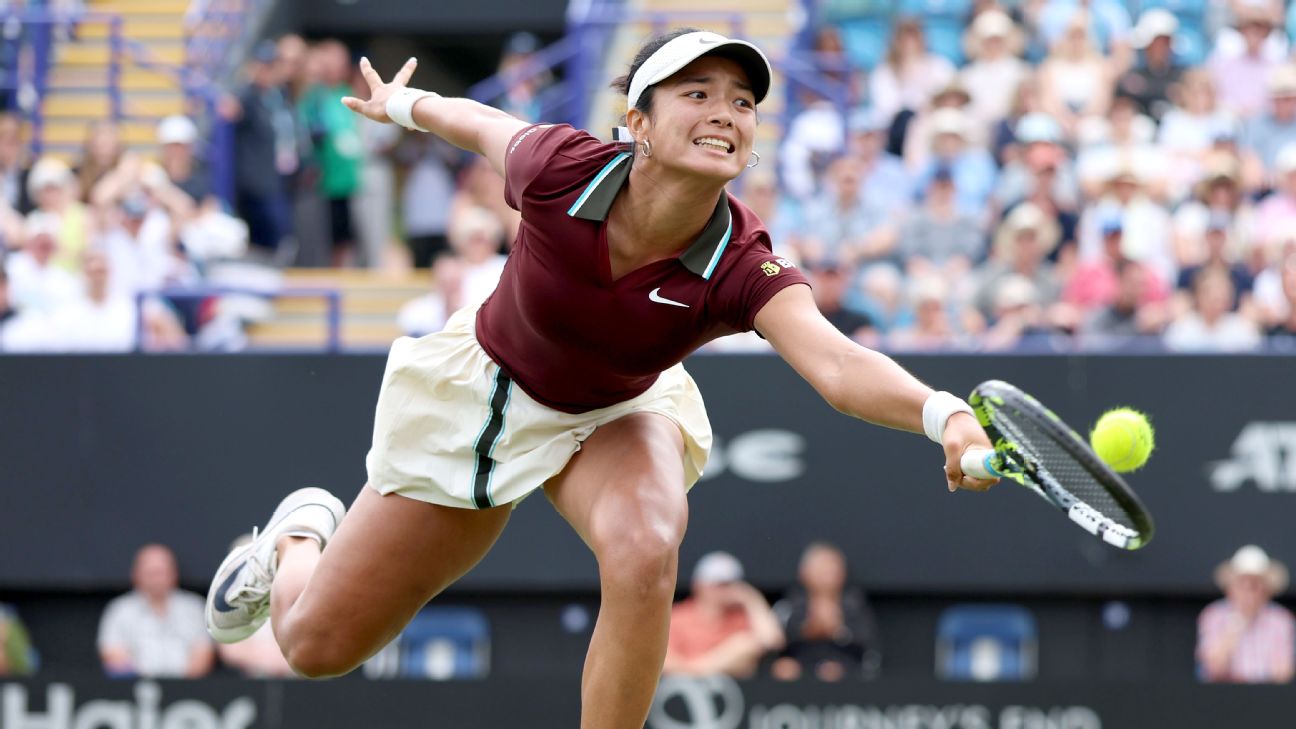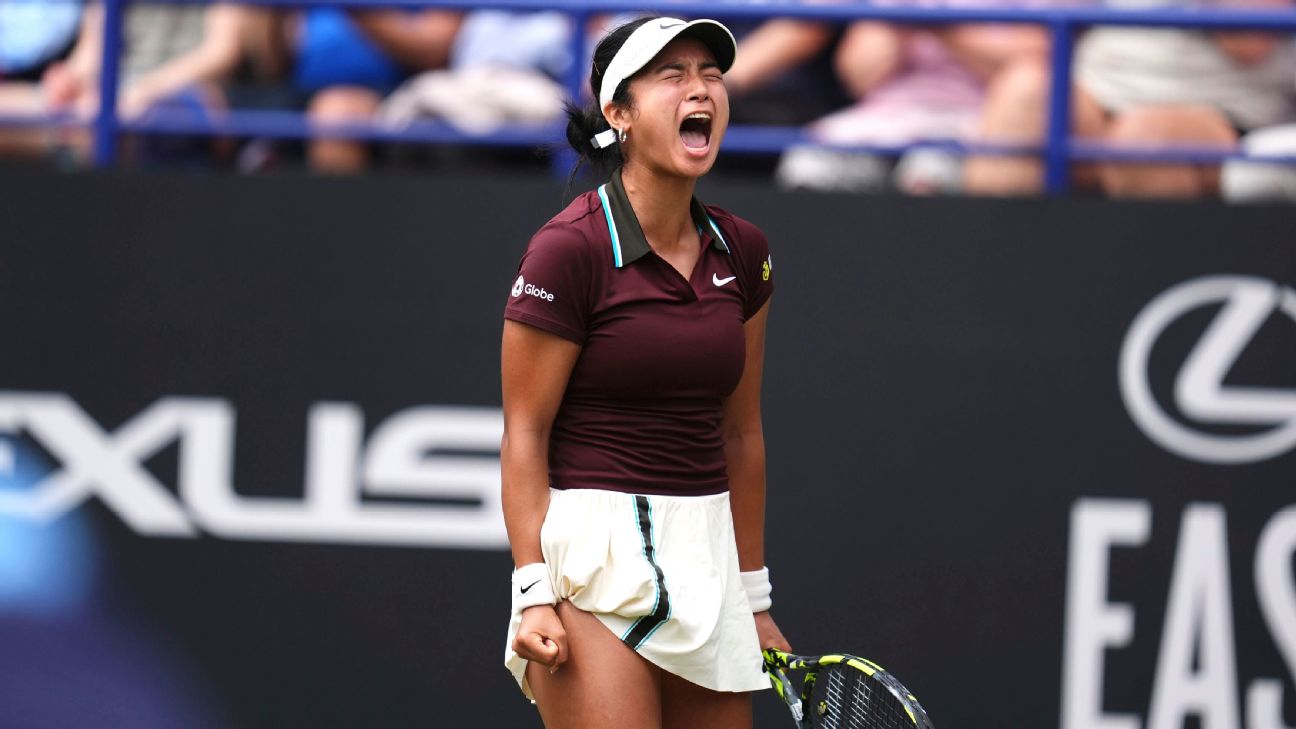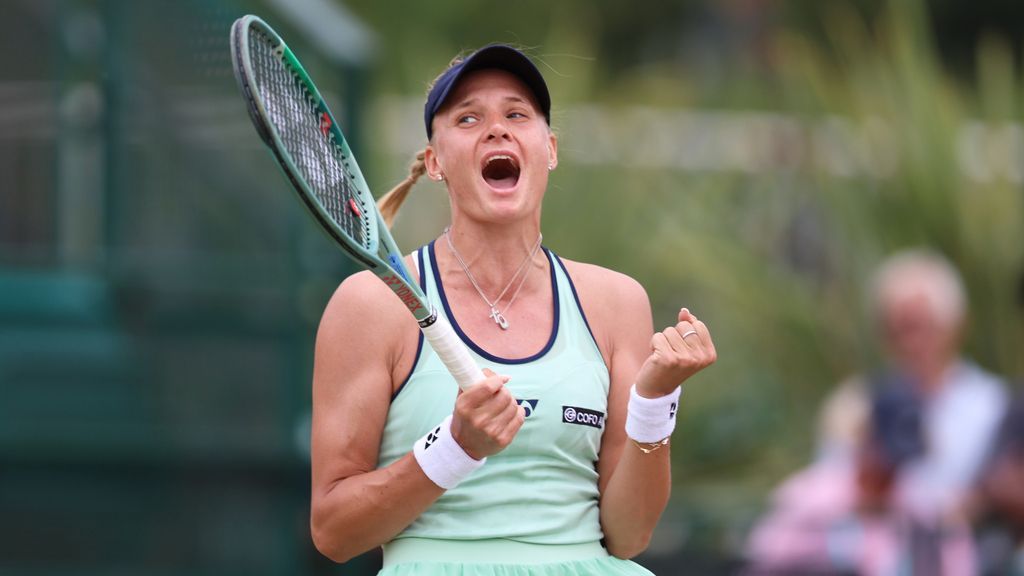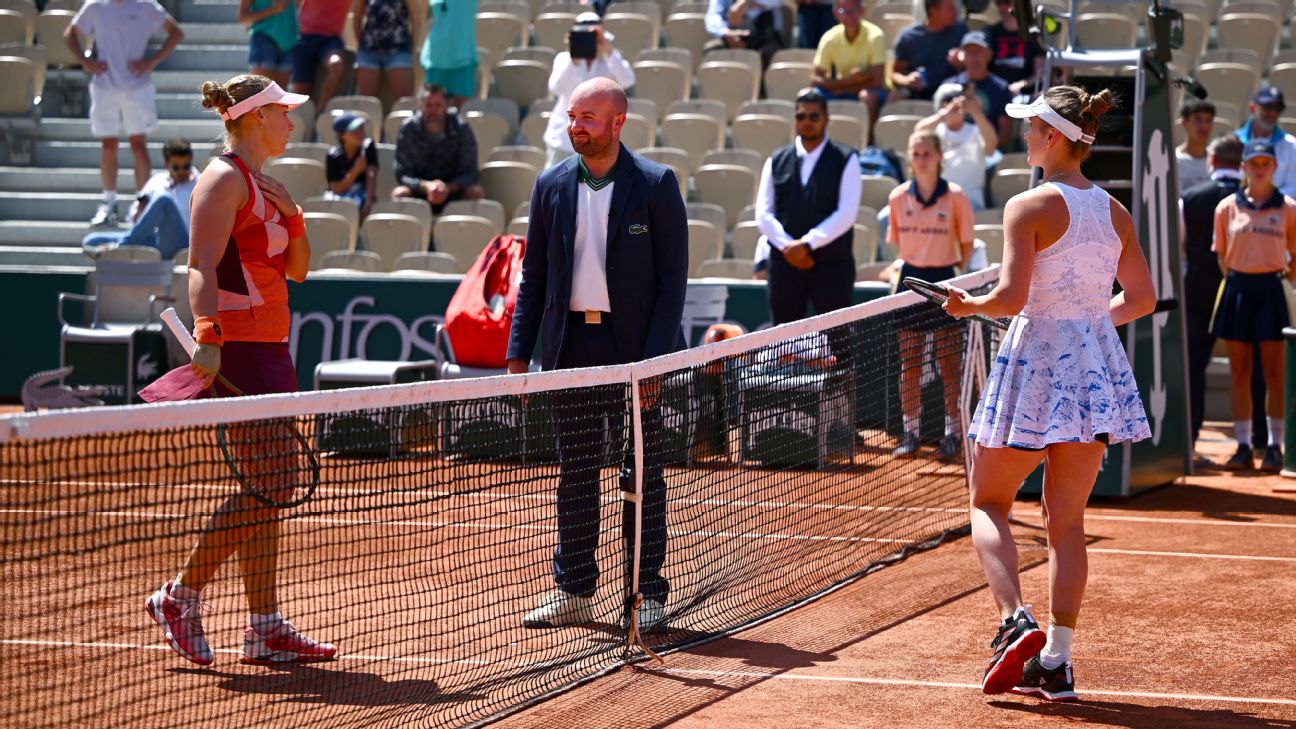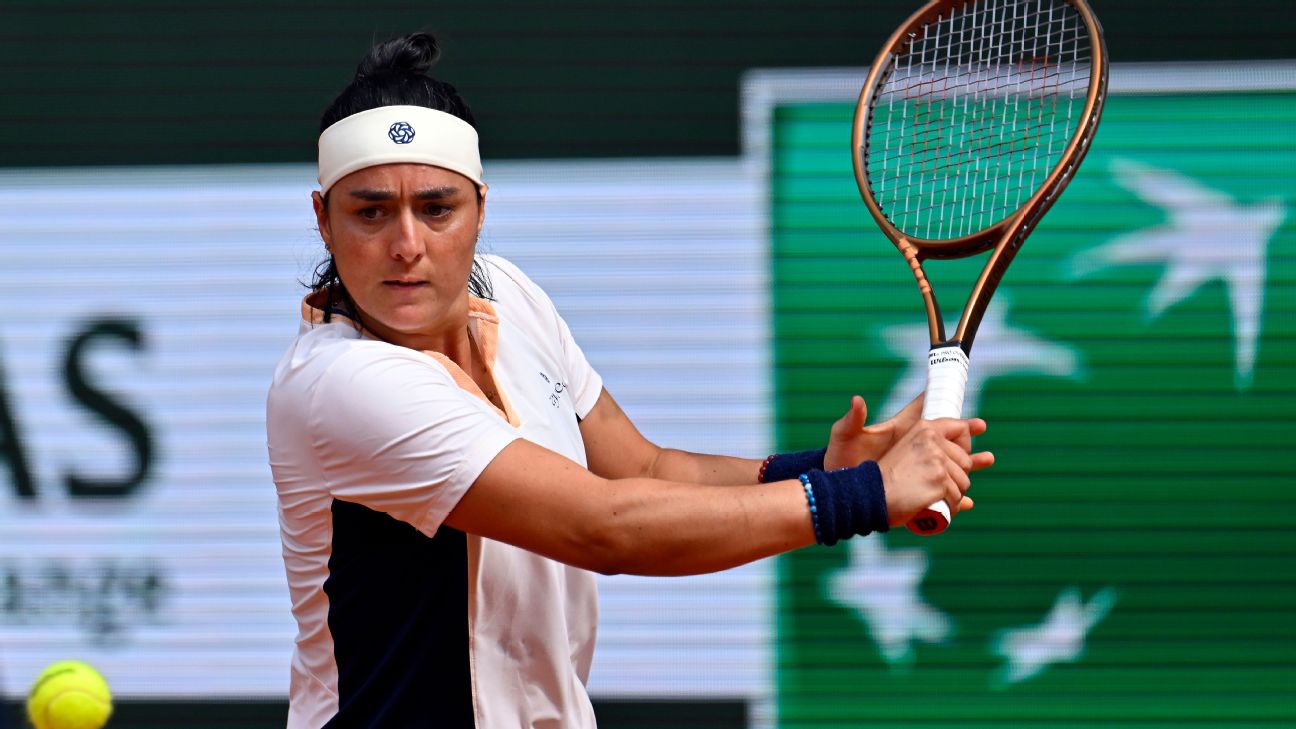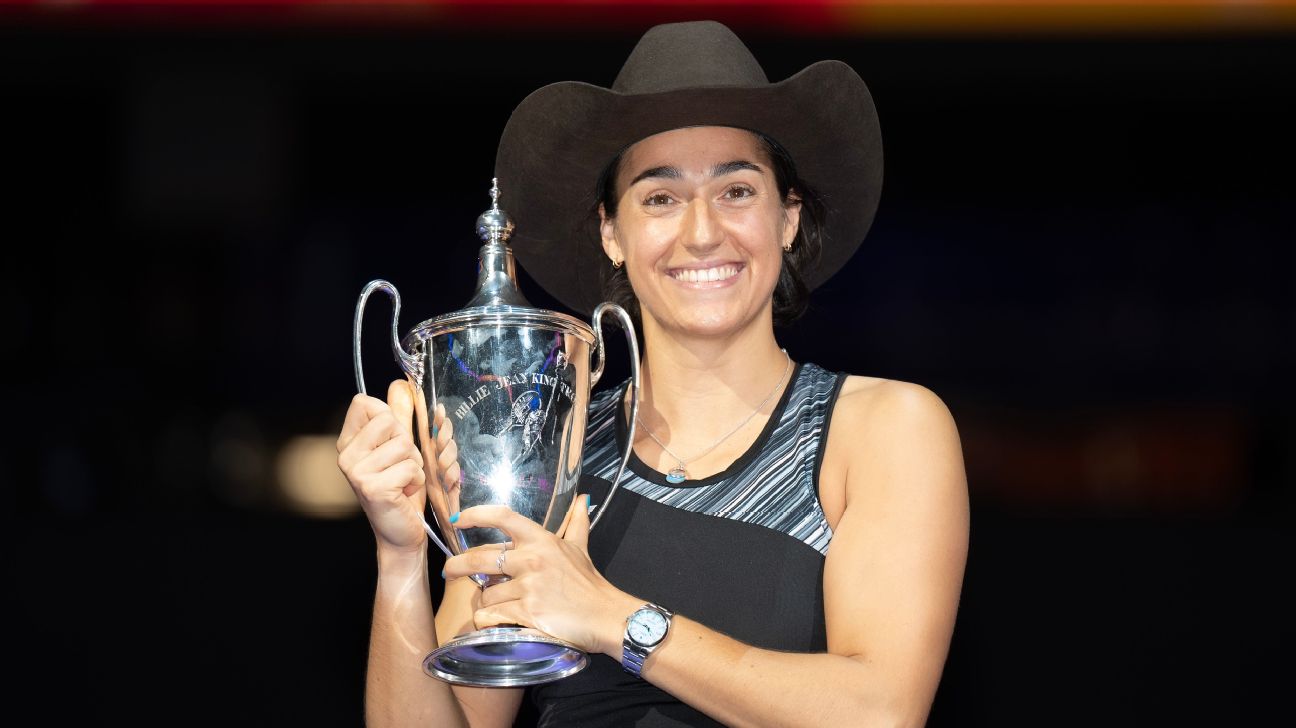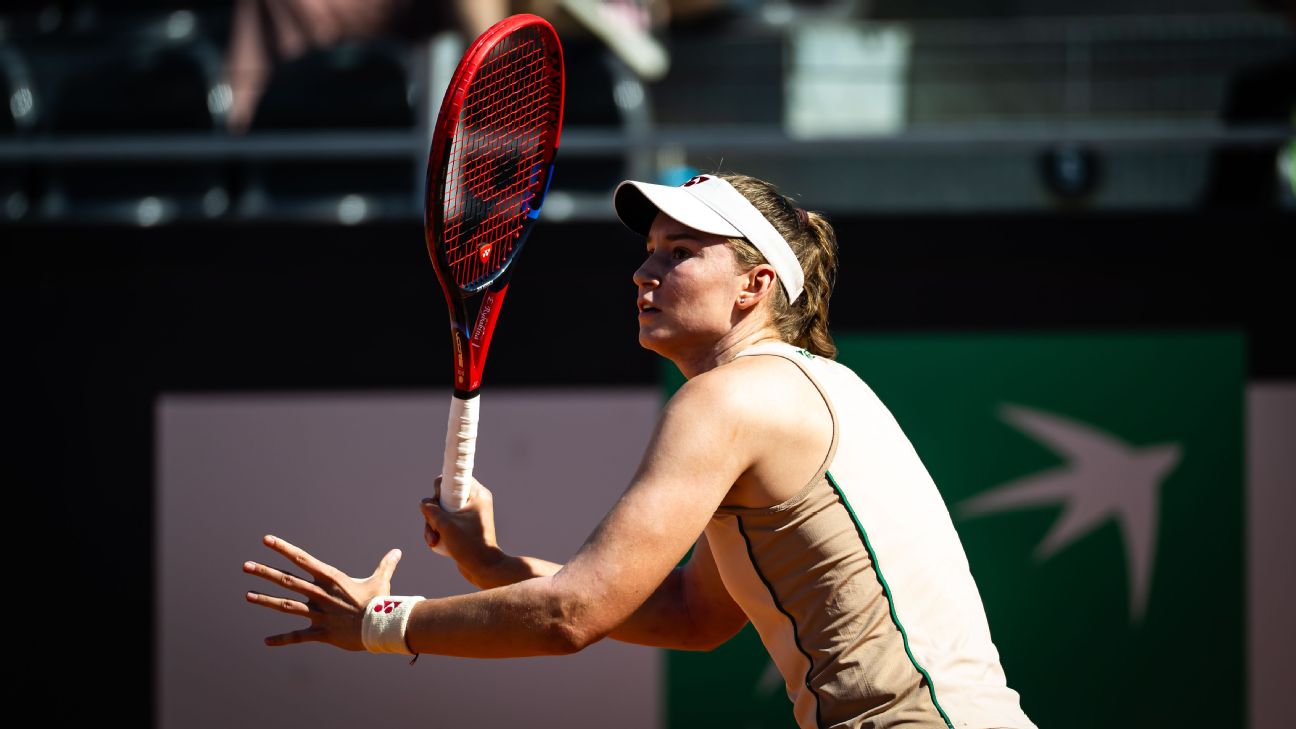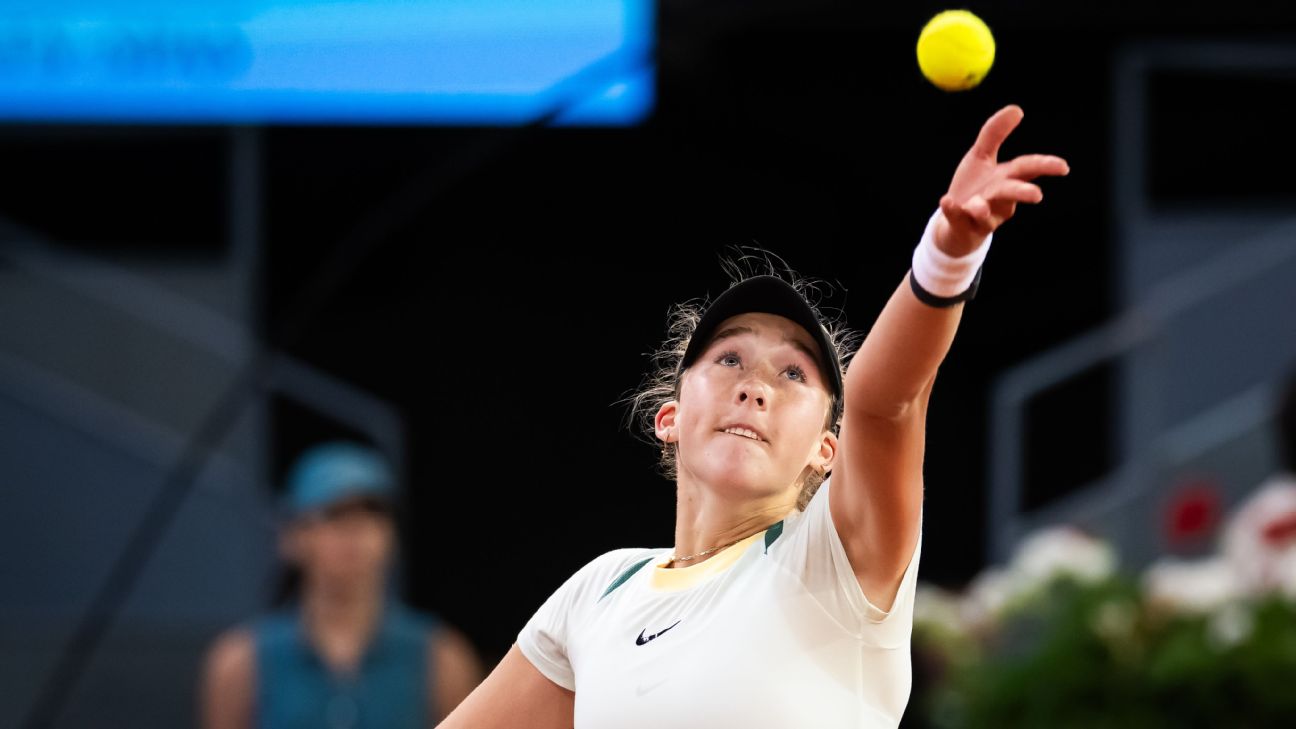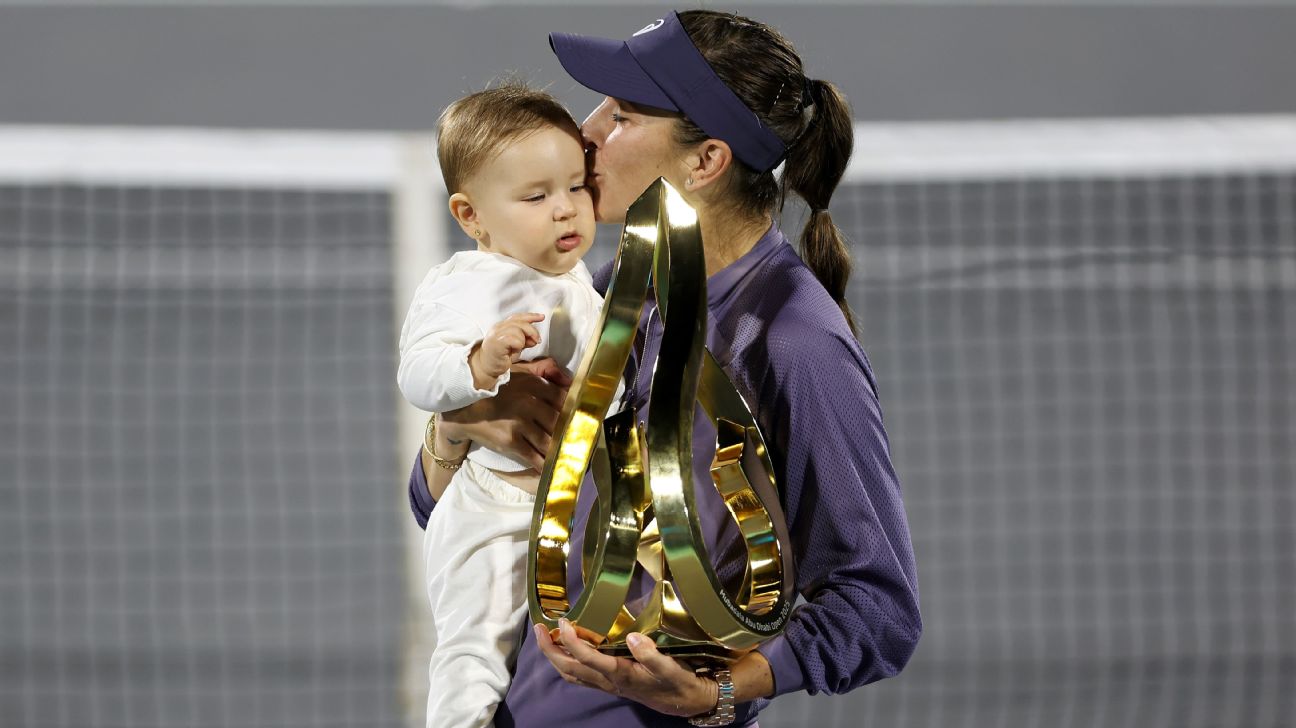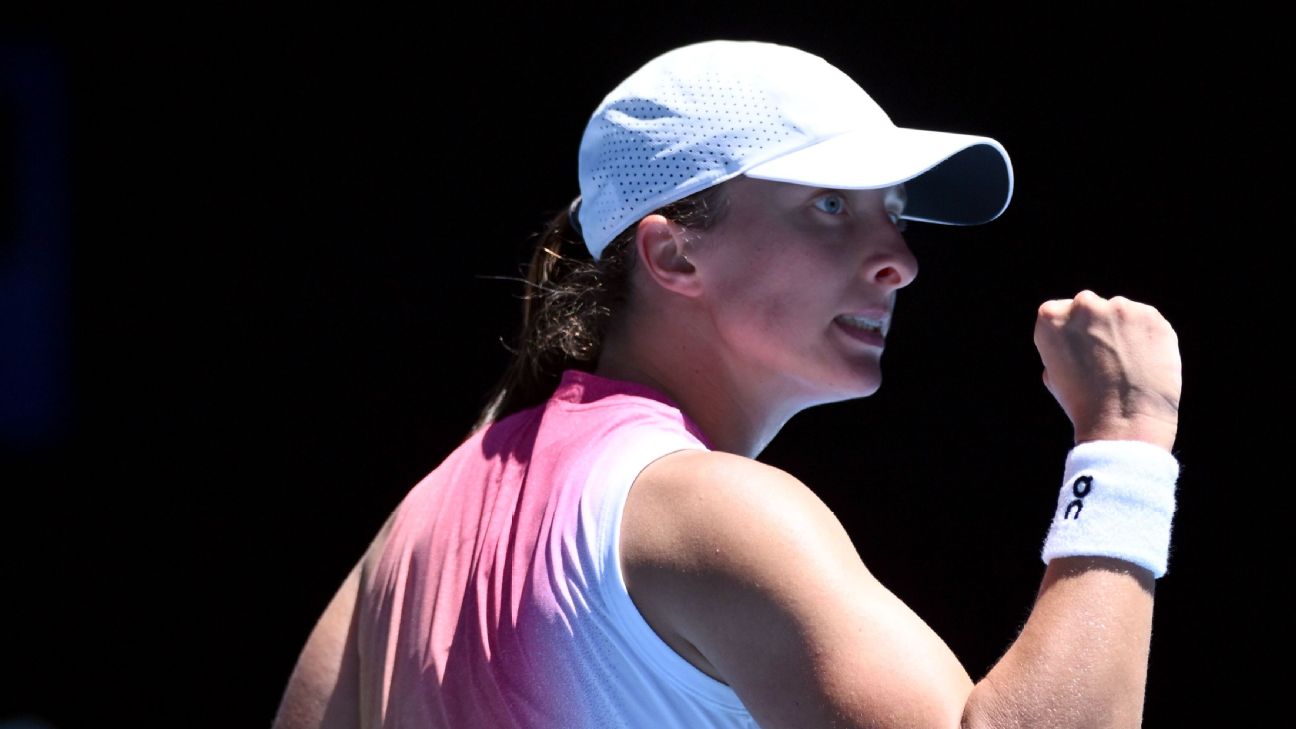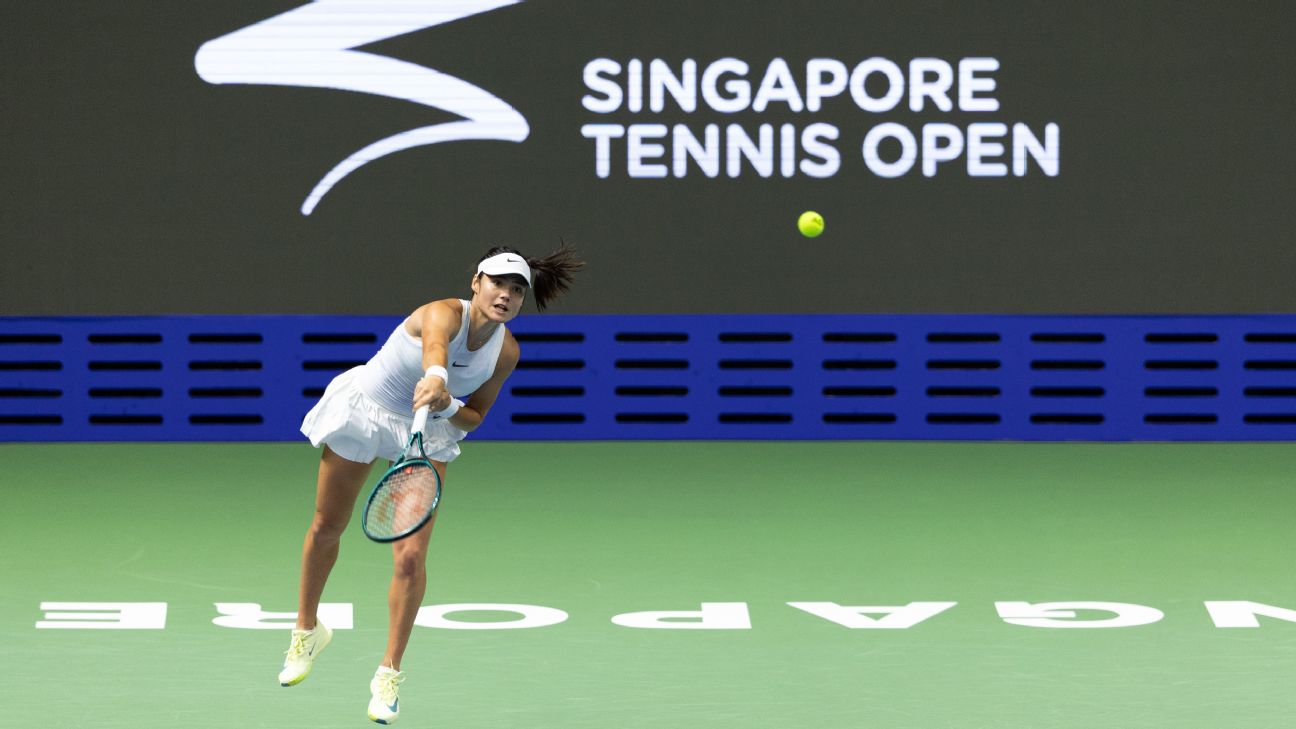Breaking Barriers: The Rise of Women Coaches in Professional Tennis
Exploring the challenges and progress of women coaches in professional tennis, highlighting initiatives to increase gender equality in the sport.
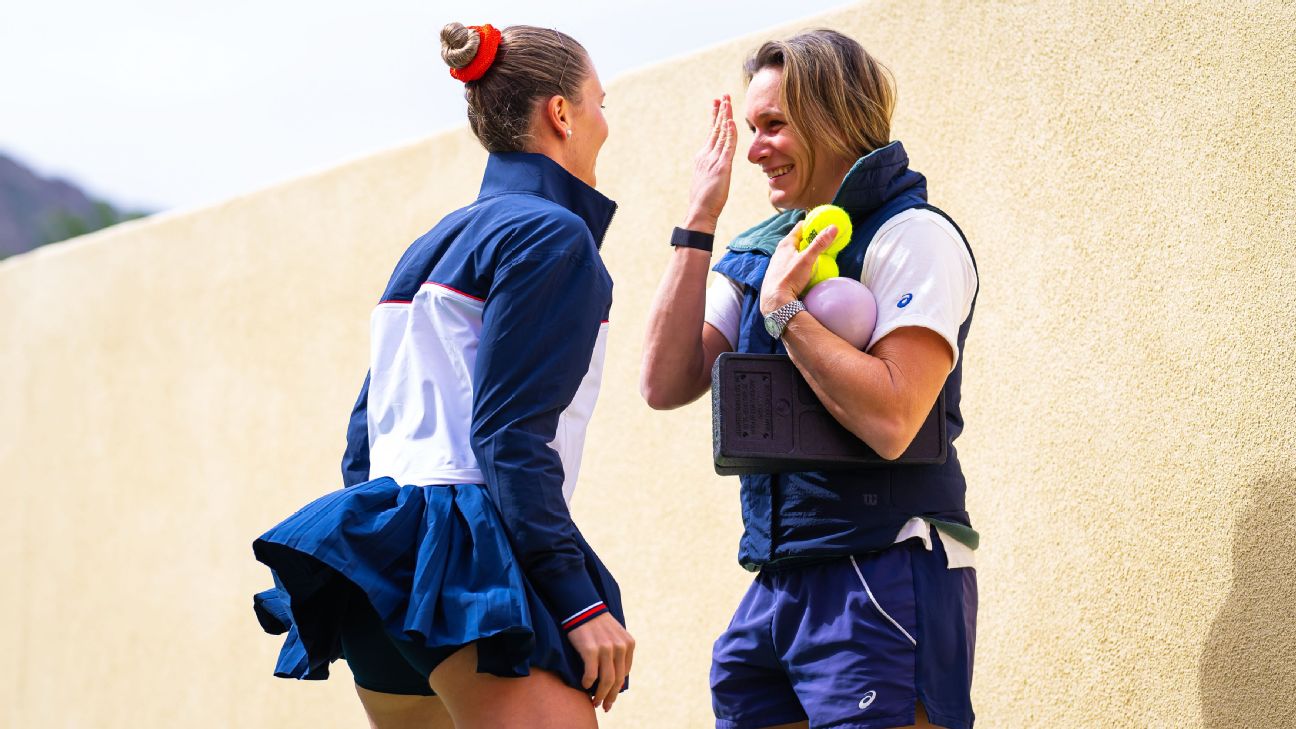
The Current Landscape
Just 12 out of 128 players in the 2025 French Open women's main draw have a woman coach. This glaring disparity has not gone unnoticed by those involved in the sport. Despite tennis priding itself on equality, the coaching ranks tell a different story.
The Journey of Sandra Zaniewska
Sandra Zaniewska, once a reluctant coach, found her true calling after helping her friend Petra Martic return to the tour. Martic rose from a ranking just inside the top 100 to No. 14 in the world, and Zaniewska was hooked. She now coaches Marta Kostyuk, currently ranked No. 25. Zaniewska's journey is unique, and she remains one of a handful of women coaching at the elite level in the sport.
Factors Contributing to the Disparity
Nicole Pratt, a former-player-turned-coach and the women's coach lead at Tennis Australia, has spent years looking into the intricacies of why there are so few women coaches on tour. Pratt believes it often starts with the individual coach and their own self-belief or lack of confidence. Gender bias, societal norms, and the demands of the job also play significant roles.
Initiatives to Increase Women Coaches
The WTA launched the Coach Inclusion program in 2021 to increase the number of women coaches. Since its inception, 34 women have successfully completed the program, and it has expanded to various regions. The program combines targeted coach education with real-life experience, fostering mentorships and making connections.
Success Stories
Fanni Varga, a former junior player from Hungary, never considered a coaching career until she applied for the Coach Inclusion program. Varga fell in love with coaching and now works with Danielle Collins. She believes having more women coaches is crucial for the sport's growth and development.
The Future of Women Coaches in Tennis
While the number of women coaches remains low, it is slowly rising. Younger players like Victoria Mboko see the benefits of working with a woman coach. The camaraderie among women coaches on tour and their commitment to opening doors for the next generation are promising signs for the future.
Conclusion
The journey to gender equality in tennis coaching is ongoing, but with initiatives like the Coach Inclusion program and the dedication of women like Sandra Zaniewska and Nicole Pratt, the future looks bright. The sport is taking steps to ensure that more women have the opportunity to coach at the highest levels, paving the way for a more inclusive and diverse tennis community.













